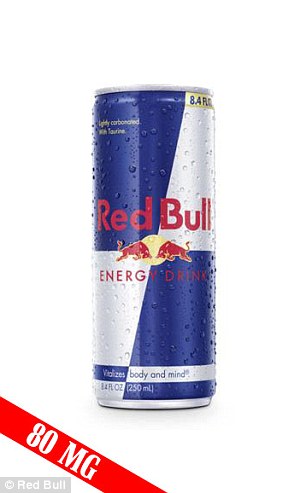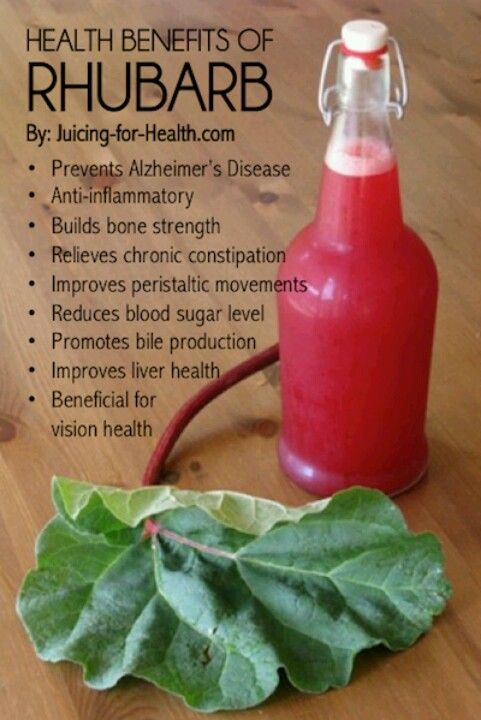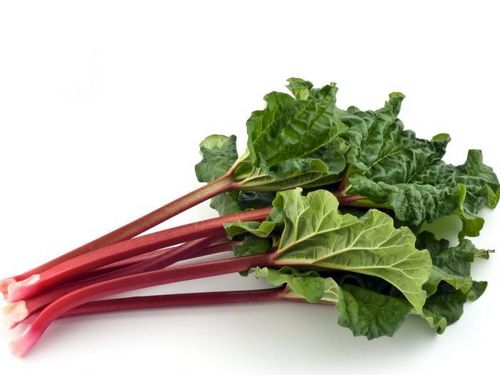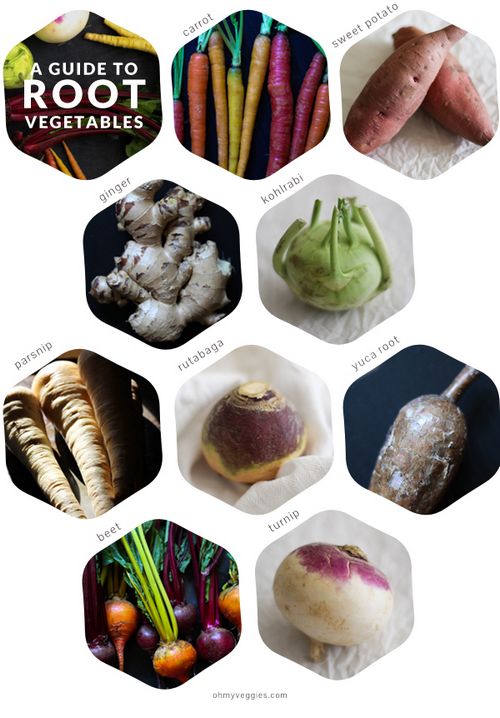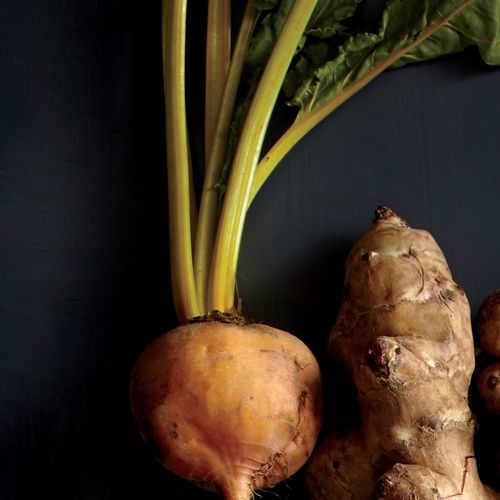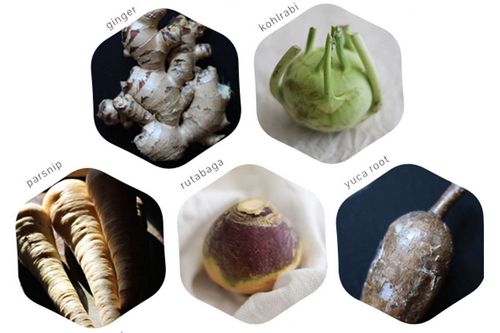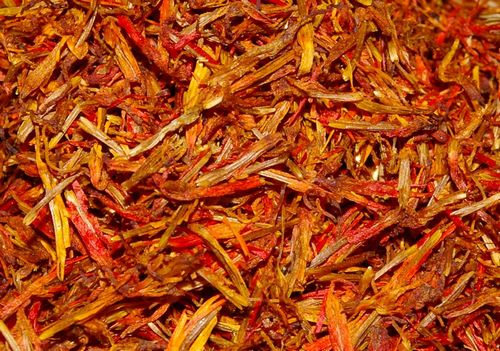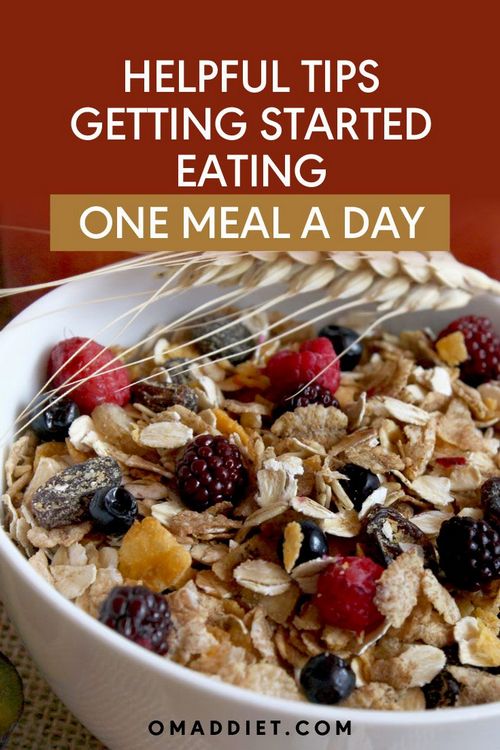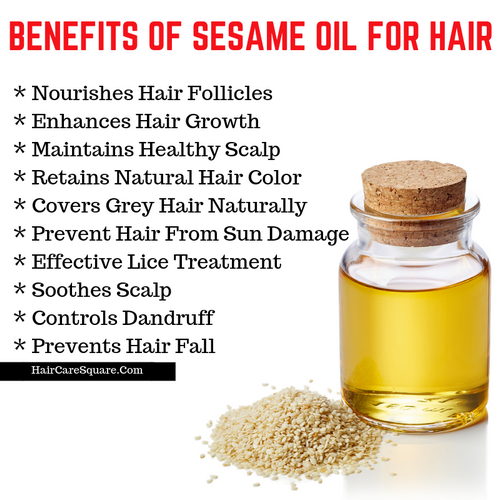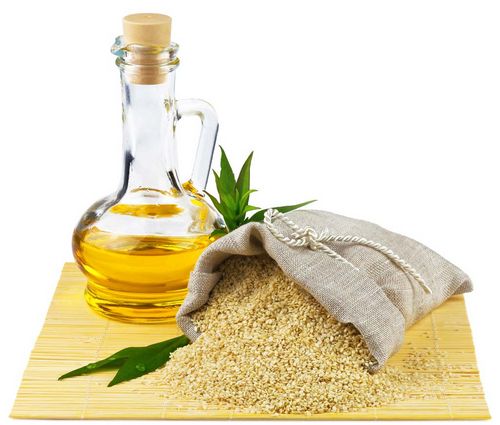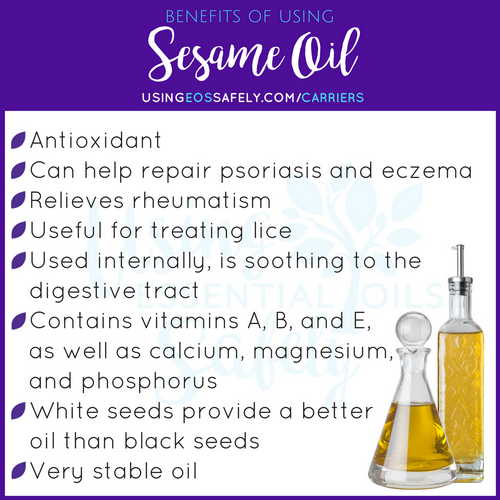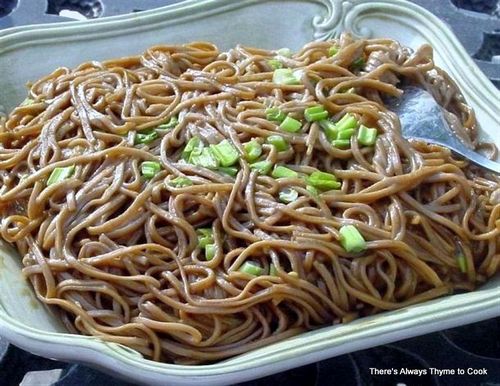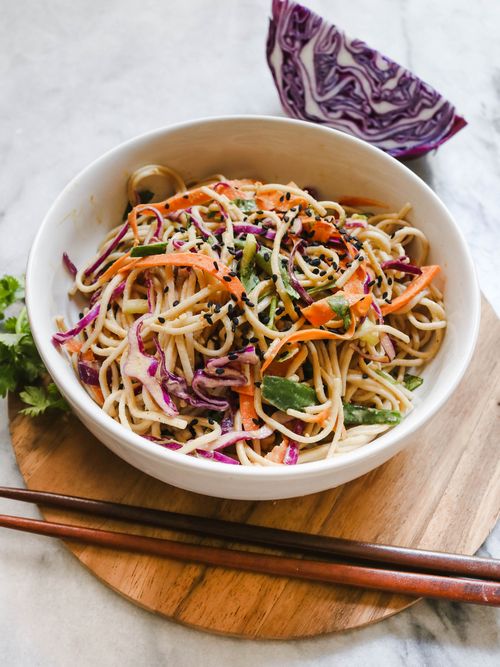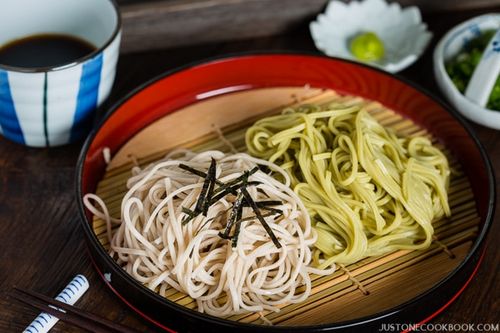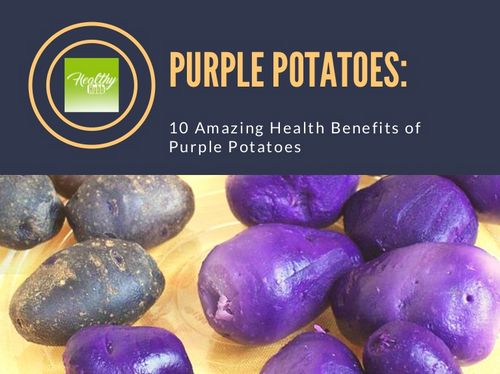
Purple Potatoes (Solanum tuberosum spp.). Purple potatoes (purple potatoes are usually called Solanum tuberosum) let you add more color to your meal and more nutrients to the diet. Potatoes are of course naturally high in magnesium, which help to lower blood pressure, as well as high in important nutrients like folate, thiamin and potassium. You can also find them high in fiber, magnesium and potassium.
Pregnant women are often advised not to eat red potatoes, but to instead eat sweet potatoes, a type of potato that is not a traditional vegetable. However, some pregnant women still enjoy sweet potatoes in their diet. Sweet potatoes, sometimes called starchy potatoes, are a great source of magnesium and potassium. If you are trying to lose weight while pregnant, be sure to take in enough magnesium and potassium to make up for any deficiencies in the prenatal diet that you might have. Potatoes are also excellent sources of dietary fiber.
Purple Potatoes does not have the same high glycemic index (high levels of carbohydrates) as other types of potatoes do. They are not as high in sugar as other potatoes and therefore have lower calories, and thus a lower glycemic index than most other potatoes.
Purple potatoes also have less salt in them. As a result, they are good for people with salt sensitive cravings. This is also good news for people with high blood pressure or high cholesterol because they can now eat sweet potatoes without worrying about the negative side effects of too much sodium in the diet.
Purple potatoes are known to be very good at helping to clean the colon. A high fiber diet, along with eating purple potatoes, is a great way to help get rid of constipation problems. They help improve colon health by helping the body flush itself out. The fiber content of purple potatoes is also very high, so they help get rid of food left in the colon that does not get properly eliminated. This helps people feel fuller longer after eating.
One of the reasons why purple potatoes can be beneficial to your health is because they have a high potassium content. This is particularly good for diabetics who need to monitor their blood glucose levels. They can also help to control the body’s metabolism. Potassium helps make the heart pump blood faster, thereby increasing oxygen in the body. and lowering blood pressure.
Purple Potatoes contains a lot of chlorophyll, a type of carotenoid found in green leafy vegetables. Chlorophyll helps to protect the eyes, which is why it is good for improving eye health.
In conclusion, there are a number of health benefits to eating purple potato. It is especially beneficial for people who want to lose weight and get more nutrients into their diets.
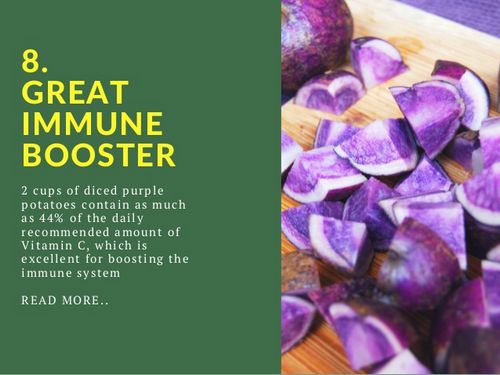
These include potassium and calcium that are beneficial for cardiovascular health, as well as calcium and folate and magnesium that are useful in lowering blood pressure.
If you are looking for ways to lose weight and have more energy and a better immune system, then eating purple potato is a good place to start. The potassium, chlorophyll and fiber in this vegetable will all help you lose weight and increase the amount of energy you get from your food. This means you will need fewer calories to stay healthy.
If you are diabetic, eating purple potato can help you control your blood sugar levels. and keep your blood pressure under control. Also, it is very important to eat more fruits and vegetables, but if you can afford it, eat purple potatoes. They have very little salt, so they are ideal for diabetics who also need less salt in their diets.
Purple potatoes are delicious and very tasty. They have a nutty flavor that makes them a great addition to a salad. and a good snack. They also taste good when served cold.
There are some excellent purple potato recipes on the Internet, and you can find many good recipes using them in cookbooks, magazines and even in recipe books. You can eat them raw or cooked. Just try them and see.



